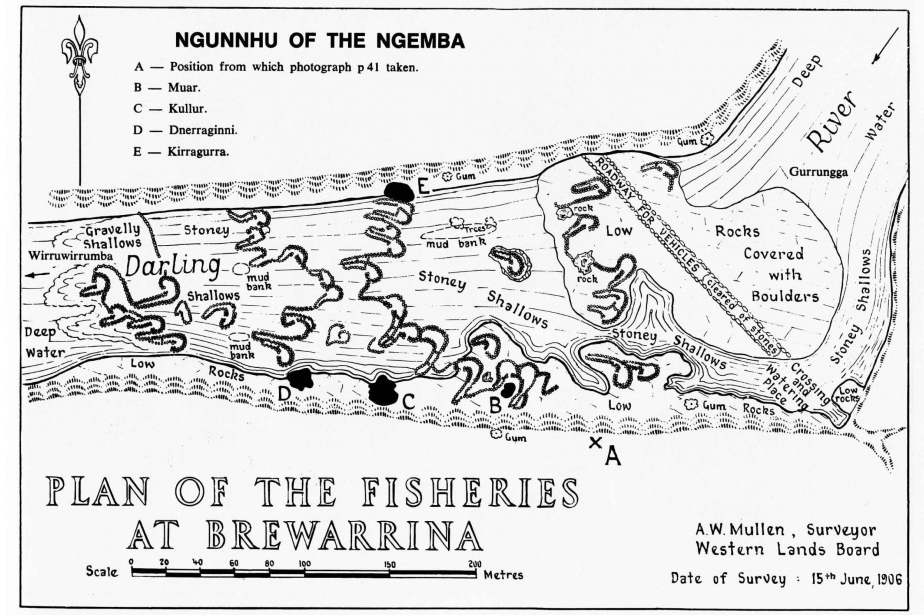Science isn’t just whitefella business
Modern science can enrich indigenous culture, and vice versa, but failing to embrace it will perpetuate the current education and health gap between white Australians and their Indigenous counterparts, an ANU academic has said.
Indigenous mathematician Associate Professor Rowena Ball has challenged both the Indigenous and scientific communities in a new paper published in Australian Quarterly entitled Stem the Gap: Science belongs to us mob too.
“Embracing Science Technology Engineering and Maths (STEM) strengthens whole communities and nations. It’s a powerful thing, when a culture reaches out to the knowledge of the whole world,” Associate Professor Ball said.
“Yet in Australia Indigenous people are under-represented in STEM, to an extent that could amount to a violation of human rights under Article 27 of the UN Universal Declaration of Human Rights, which specifically recognises the right of everyone to science.
“Unless you reach out, engage, make it your own and train your own people then history says that you can’t maintain a community free of colonisation, and all the misery that brings.”
Associate Professor Ball cites the example of the Muslim world between the 8th and 15th Centuries, which was the cradle of science and innovation at the time, developing the first institutions that awarded degrees.
“The rulers reached outwards; they sent people out to find scientific texts from around the world, bring them home and translate them into Arabic,” she said.
In modern times South Korea has taken the same approach, with a campaign to scientificise the population, that has transformed them to a world power in two generations.
“Seventy years ago they didn’t have the words to describe science concepts for the text books, but they invented them because science has to be taught to school students in their home language,” Associate Professor Ball said.
“Now Koreans have a high standard of living, and traditional Korean culture and arts are thriving more than they ever did. People can’t engage in their traditional practices if they are poor, starving and illiterate.”
“It can’t be denied that there have been indignities suffered in the name of science by indigenous cultures all over the world,” she said.
“But when people say science is alien to Indigenous knowledge, or just whitefeller business, what follows is that Indigenous kids are systematically locked out of high paying STEM careers.”
Associate Professor Ball demonstrates that STEM is not alien to Indigenous people with examples of scientific and engineering feats, such as the system of stone fish traps in the Barwon River at Brewarrina, and the sophisticated aquaculture enterprise that produced smoked eels for trade in south-western Victoria.
“Some indigenous knowledge, such as tracking skills, was used by the British colonisers, but much of it was destroyed,” Associate Professor Ball said.
“The ignorance and neglect of Indigenous STEM heritage is a significant contributor to the gap in STEM literacy of Aboriginal and Torres Strait Islander students. I have a vision that it will be researched, documented and celebrated using new techniques, developed by Indigenous scientists.
“Science is not white, or American, or Christian. It’s a precious body of knowledge that all cultures have contributed to and own,” she said.

